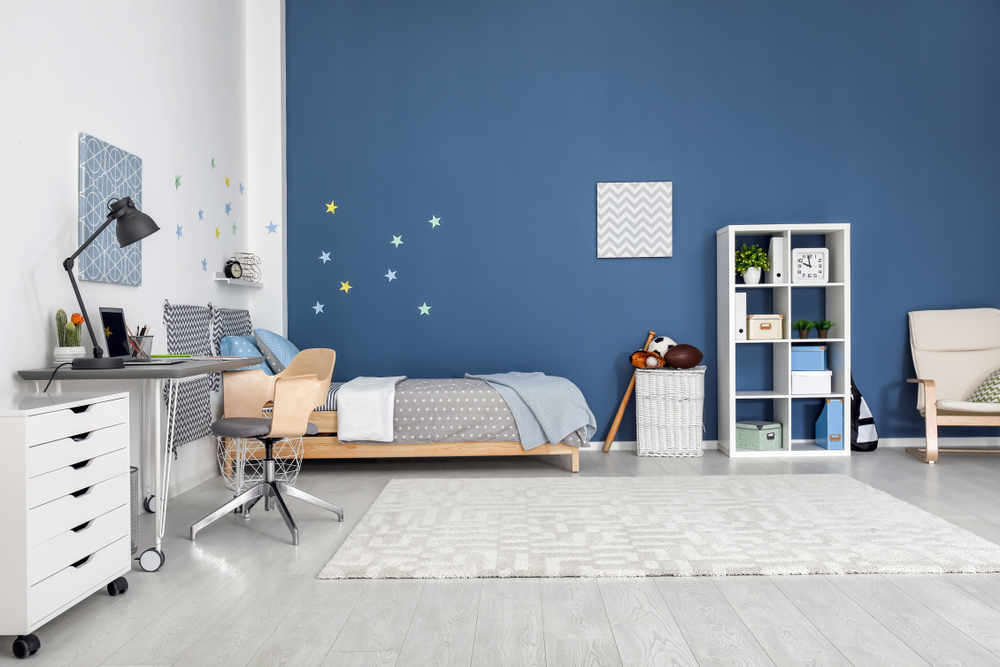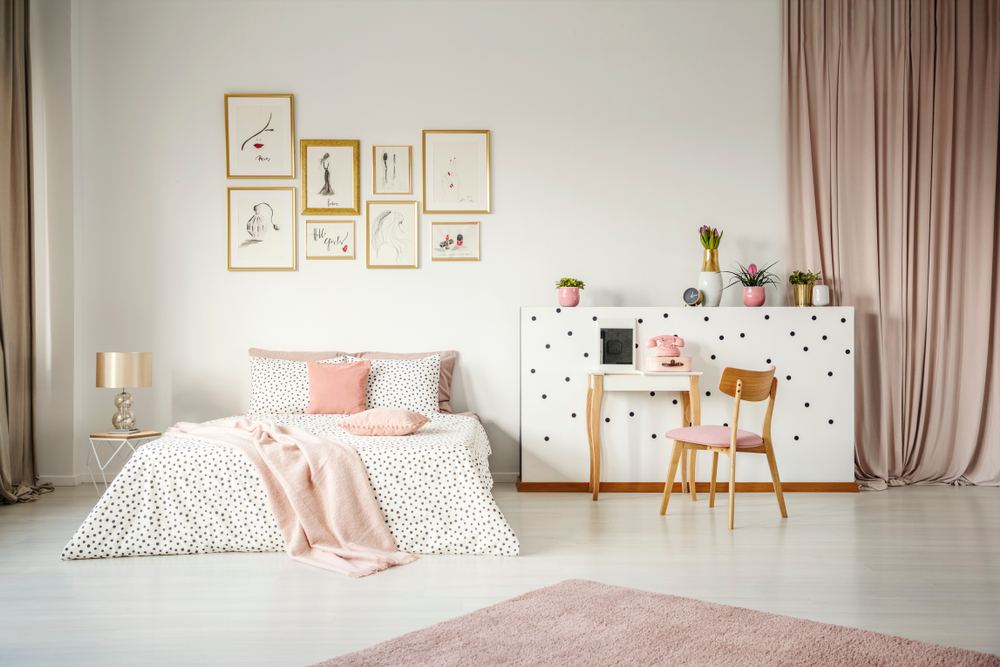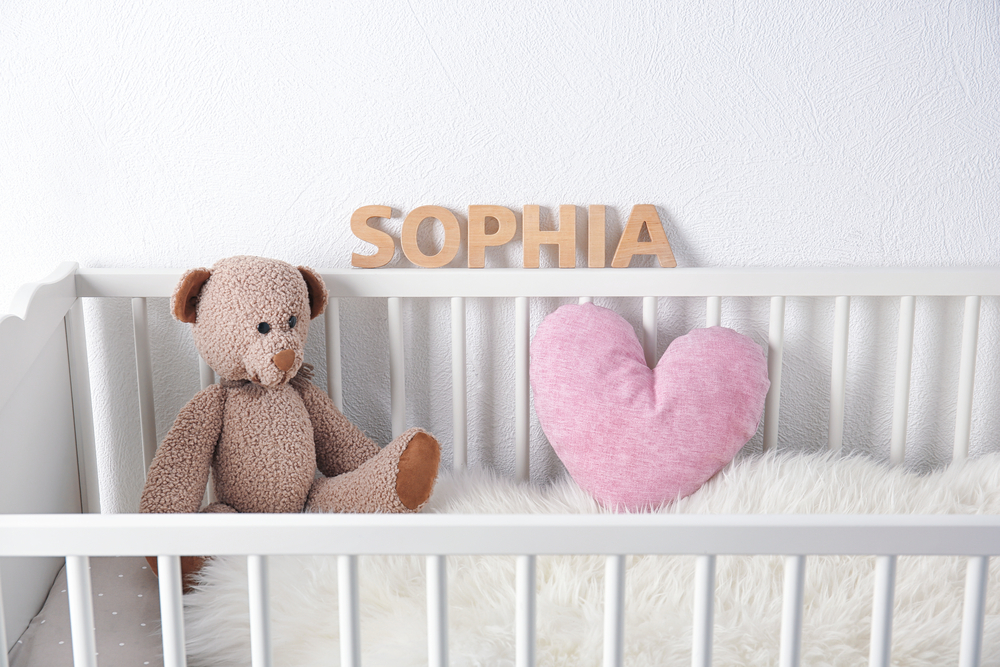Outfitting your youngster's room is a significant undertaking, as it establishes the vibe for their own space and assumes an essential part in their solace and prosperity. Picking the right youngster's room furniture can be an overwhelming interaction, yet with conscious thought, you can make a protected, utilitarian, and stylishly satisfying climate for your little one. In this purchasing guide, we'll give you five fundamental tips to assist guardians with settling on informed choices while choosing furniture for their kid's room.
Safety First
Safety should be the top priority when choosing a kid's bedroom furniture. Children are naturally curious and can be quite adventurous, so it's crucial to pick furniture that minimizes potential hazards. Here are some safety considerations to keep in mind:
- Choose Non-Toxic Materials
Opt for furniture made from non-toxic materials. Ensure that paints, finishes, and any other materials used in the furniture are free from harmful chemicals, such as lead or formaldehyde. These toxins can be harmful to a child's health, so it's vital to select furniture that meets safety standards. Homeshop.ae offers the best non-toxic materials.
- Sturdy Construction
Kids can be rough on furniture, so durability is essential. Look for well-constructed pieces that can withstand the wear and tear of active children. Check that the furniture is sturdy, with secure joints and no loose parts that could pose a danger to your child.
- Rounded Edges And Corners
Furniture with sharp edges and corners can be dangerous, especially for younger children. Choose pieces with rounded or softened edges to reduce the risk of accidents and injuries. This is especially important for items like beds, dressers, and nightstands.

Size And Scale
When selecting a kids bedroom design, it's essential to consider the size and scale of the pieces in relation to the room and your child's needs.
- Room Size
Measure the dimensions of the room to determine the available space. It's crucial to select furniture that fits comfortably without overcrowding the room, leaving enough space for your child to play and move around.
- Age-Appropriate Furniture
Choose furniture that is appropriate for your child's age and size. For instance, younger children may require a small, low-profile bed, while older kids may need a larger one. Furniture that is too big or too small can lead to discomfort and inconvenience.
- Multi-Functional Furniture
Consider pieces that serve multiple functions, such as a loft bed with a desk underneath or a dresser with a changing table to maximize the use of space in a small room.

Style And Aesthetics
The style and aesthetics of the kids bedroom furniture should reflect your child's personality and create a welcoming and appealing atmosphere. Here are some tips on choosing furniture that complements the room's design:
- Theme And Color
Incorporate your child's favorite themes and colors into the furniture and decor. Whether it's a princess-themed bed or a superhero-themed dresser, adding elements that your child loves can make the room feel like a personal sanctuary.
- Transitional Furniture
Opt for furniture with a timeless and versatile design. Transitional furniture can adapt to changing preferences as your child grows, reducing the need for frequent replacements.
- Personalization
Consider furniture that can be customized with your child's name or initials. This adds a personal touch to the room and makes it feel uniquely theirs.

Storage Solutions
Children tend to accumulate toys, books, and other belongings quickly. To maintain an organized and clutter-free space, prioritize furniture with adequate storage options.
- Under-Bed Storage
Beds with built-in drawers or storage compartments beneath them can be a great space-saving solution. They provide a convenient place to store toys, clothing, or bedding.
- Bookshelves And Cabinets
Invest in bookshelves, cabinets, and storage units to keep your child's books, toys, and other belongings organized. Open shelving units allow easy access, while closed cabinets can hide clutter.
- Closet Organizers
Consider installing closet organizers to maximize the storage space in your child's closet. This can help keep clothes, shoes, and accessories neatly arranged.
https://www.shutterstock.com/image-photo/colorful-kids-bedroom-interior-unicorn-icecream-1100688011
Budget Considerations
Your budget plays a significant role in your furniture choices. It's important to strike a balance between quality and affordability. Here's how to make the most of your budget:
- Set A Budget
Determine how much you are willing to spend on kid's bedroom furniture. Having a budget in mind will help you narrow down your options and prevent overspending.
- Prioritize Essential Pieces
Identify the essential furniture pieces your child needs, such as a bed, dresser, and desk. These should be your primary focus, and you can allocate a larger portion of your budget to them.
- Mix And Match
Consider mixing and matching furniture pieces from different sources to achieve the desired look and functionality while staying within your budget. Look for quality items that offer good value for the price.

Conclusion
Choosing the right kids bedroom furniture for your child involves prioritizing safety, considering size and scale, personalizing the style, incorporating storage solutions, and staying within your budget. By following these essential tips, parents can create a comfortable and inviting space for their children, promoting both their well-being and personal development.
When you're ready to start shopping for kid's bedroom furniture, be sure to explore a variety of options, including online retailers like Homeshop, to find the perfect pieces that meet your specific needs and preferences without compromising on quality and safety.




